The Center for Middle East Research and Future Studies celebrates the centenary of the 1923 Constitution
Within the framework of the 2023-2024 cultural season, the Middle East Research and Future Studies Center held the “Centenary of the 1923 Constitution” conference, under the patronage of Prof. Mohamed Diaa Zain El-Abedeen, President of the University, and Prof. Ghada Farouk, Vice President of the University for Community Affairs and Environmental Development, and Chairman of the Center’s Board of Directors. , Chairman of the Conference, and Dr. Hatem Al-Abd, Director of the Center and Scientific Rapporteur of the Conference.
Dr. Ramzi Al-Shaer, professor of constitutional law and former president of Zagazig University, and Mr. Sameh Ashour, member of the Senate and former head of the Bar Association, in the presence of an elite group of men in law, history, and politics, members of the House of Representatives and Senate, members of judicial bodies, policemen, faculty staff and their assistants, and a number of Journalists gave lectures at the conference among the attendees were: Dr. Abdullah Al-Maghazi, former media advisor to the President of the Republic and former Assistant Prime Minister, His Excellency Ambassador Youssef Zadeh, former Ambassador and Consul of Egypt in New York, Prof. Salwa Rashad, Dean of the Faculty of Al-Alsun, and Prof. Mamdouh Abdel-Alim. Advisor to the Vice President of Ain Shams University for Education and Students, Prof. Hanan Kamel, Dean of the Faculty of Arts, at Ain Shams University, and member of the Center’s Board of Directors, Prof. Hiam Wahba, Vice Dean of the Faculty of Business for Postgraduate Studies and Research, and a member of the Center’s Board of Directors, Prof. Alaa El-Din Abdel Halim, Vice Dean of the Faculty of Education for Community Service and Environmental Development Affairs, Ain Shams University, Prof. Gamal Shakra, Professor of Modern and Contemporary History, and Dr. Mina Adel, faculty staff at the Faculty of Law, at Ain Shams University, and Head of the Center’s Legal Studies Division,
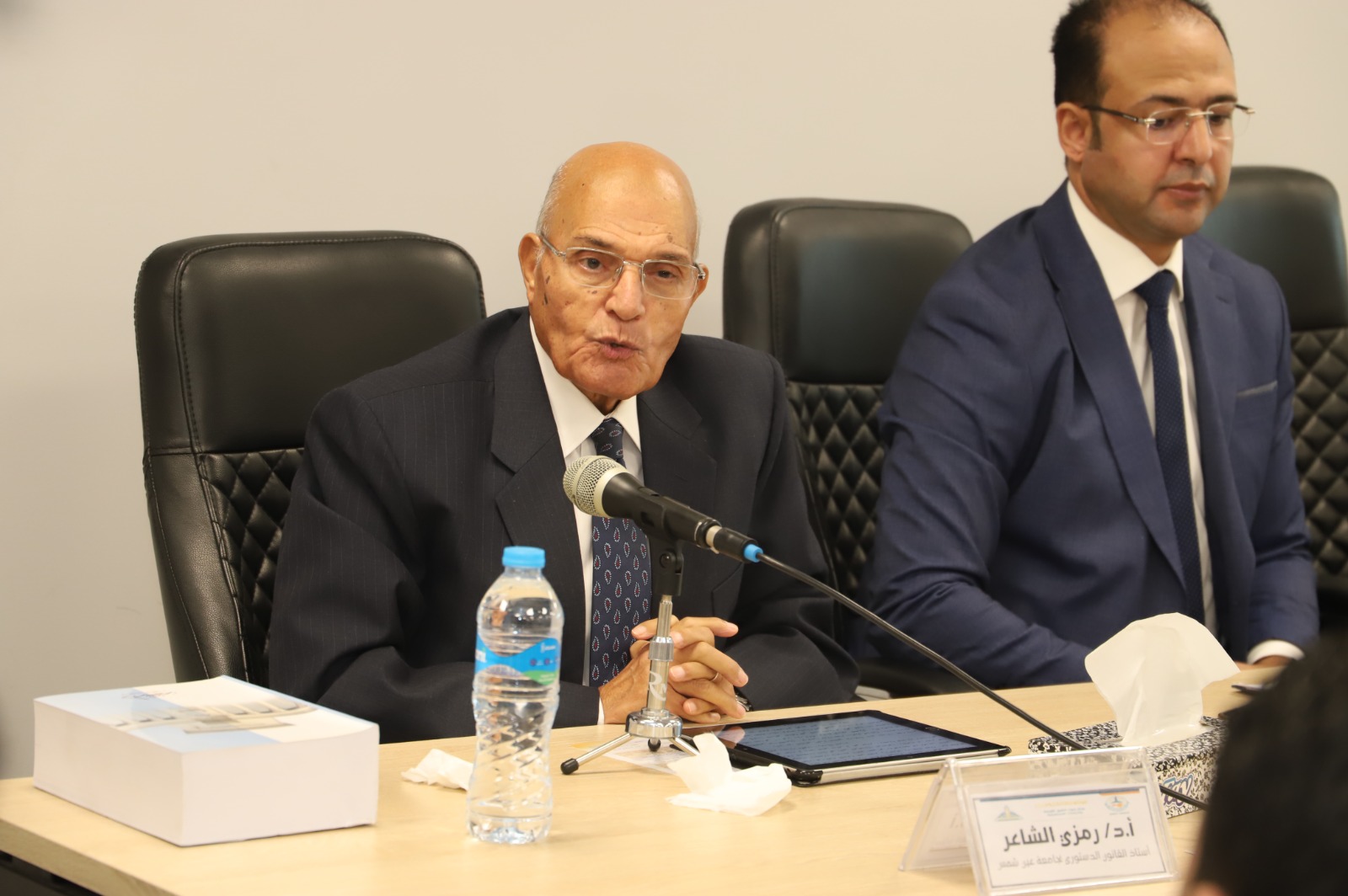 |
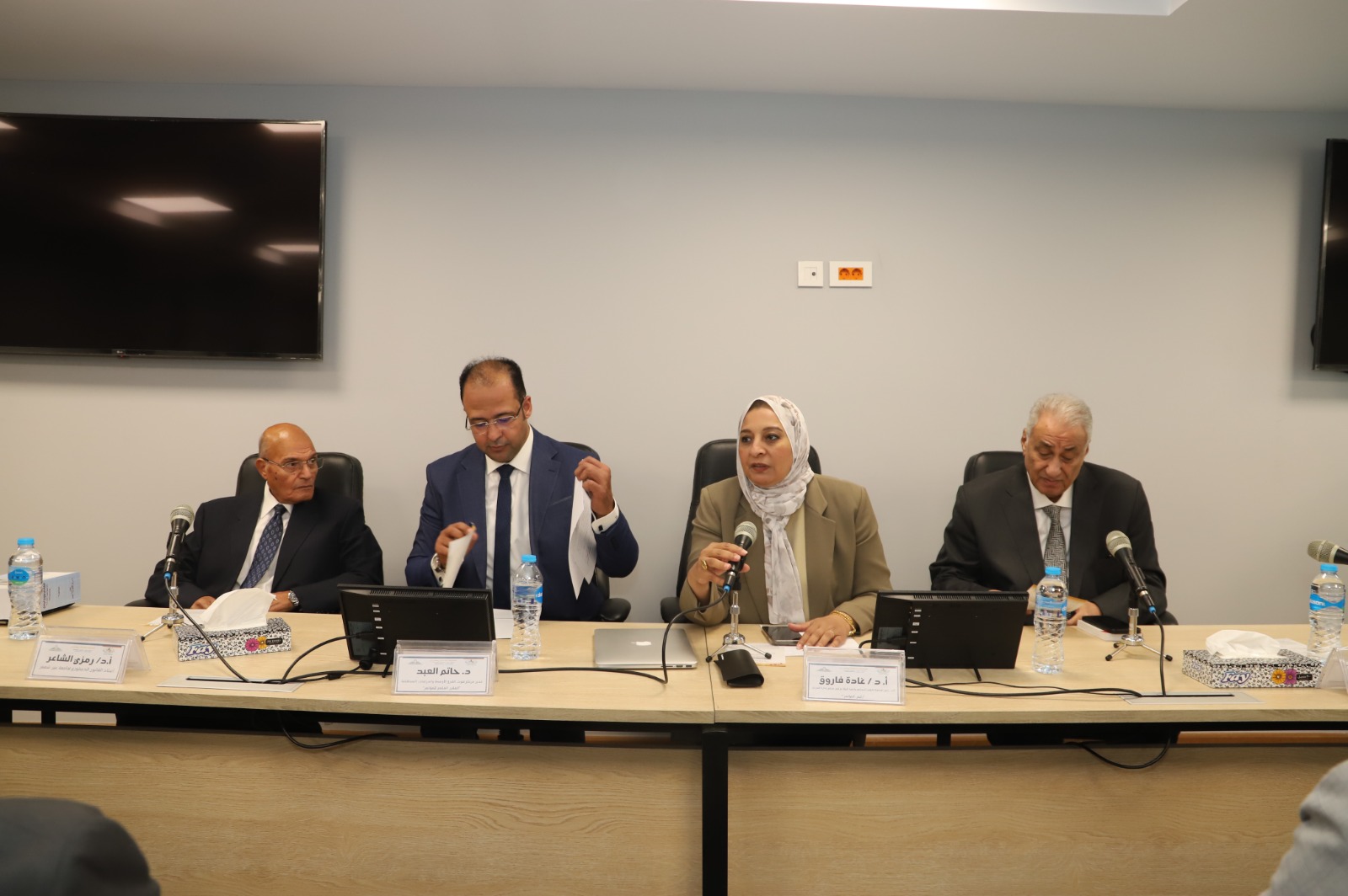 |
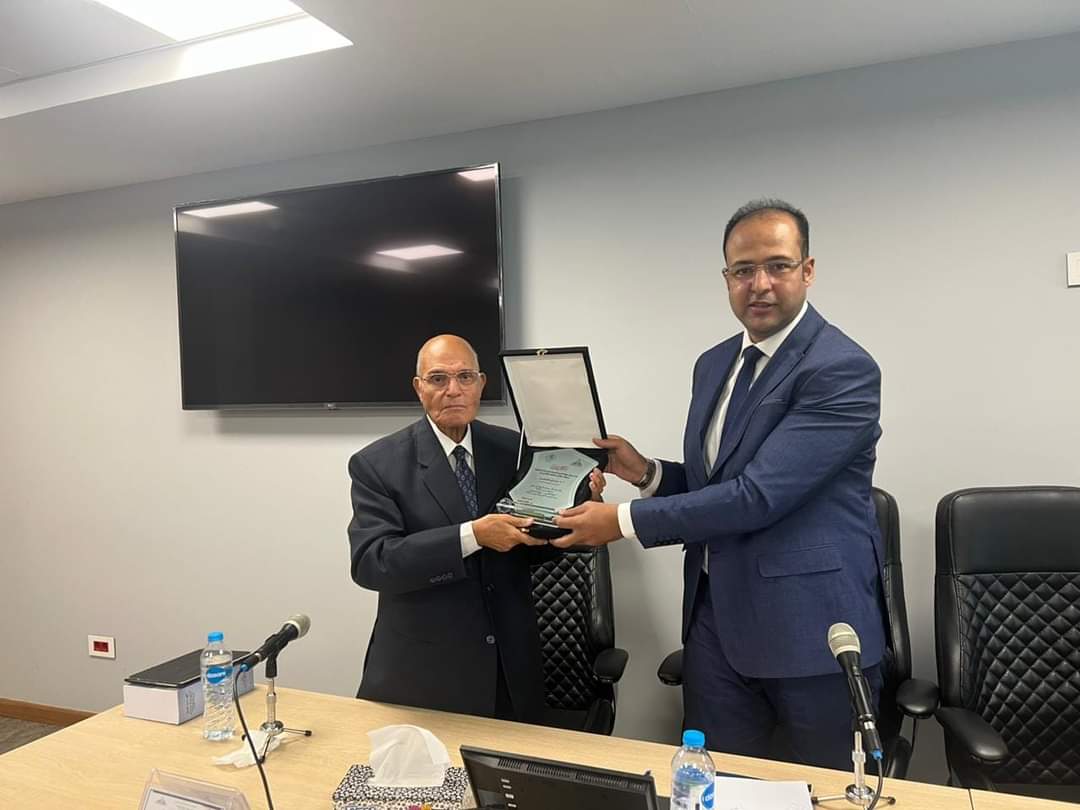 |
||
Dr. Abdullah Al-Faramawi, faculty staff at the Faculty of Physical Education for Boys, at Ain Shams University, and Head of the Sports Division at the Center, Mr. Mohamed Heiba, a member of the North Cairo Bar Association for Youth, Counselor Amjad Abed, at Administrative Prosecution, Counselor Abdel Rahman Saber, Counselor at the State Council, and Representative Mahmoud Badr, member of the Egyptian Parliament, founder of the Tamarod movement, Dr. Ali Suleiman, First Undersecretary of the Ministry of International Cooperation, and Mr. Mohamed Tharwat, Managing Editor of Youm7.
The conference was opened by Prof. Ghada Farouk, welcoming the distinguished lecturers and distinguished guests, and expressing her happiness at the Center hosting such distinguished figures in the field of law and politics in Egypt. Her Excellency also praised the topic of the conference, as it represents an important and vital stage in the modern history of Egypt.
The opening speech of the conference was delivered by Dr. Hatem Al-Abd, welcoming the distinguished lecturers and guests. Then, His Excellency gave an overview of the focus of the conference, which is the 1923 Constitution, as it is considered an important point in the struggle of the Egyptian people to establish the foundations of freedom and democracy. It came as a result of the throes of the 1919 Revolution, which renewed The dream of drafting an Egyptian constitution fulfills the aspirations of the Egyptian people until the dream was fulfilled by forming a constitution preparation committee headed by Hussein Rushdi Pasha. It included thirty members from politicians, jurists, religious figures, notables, and public figures until the constitution was published in 1923, competing with its counterparts in European constitutions and competing with them. Despite the establishment of many subsequent temporary and permanent constitutions, the 1923 Constitution is still the mainstay of Egyptian constitutions as it is the founding constitution and the basic reference, the first of which stipulates that “Egypt is an independent, sovereign and free state.”
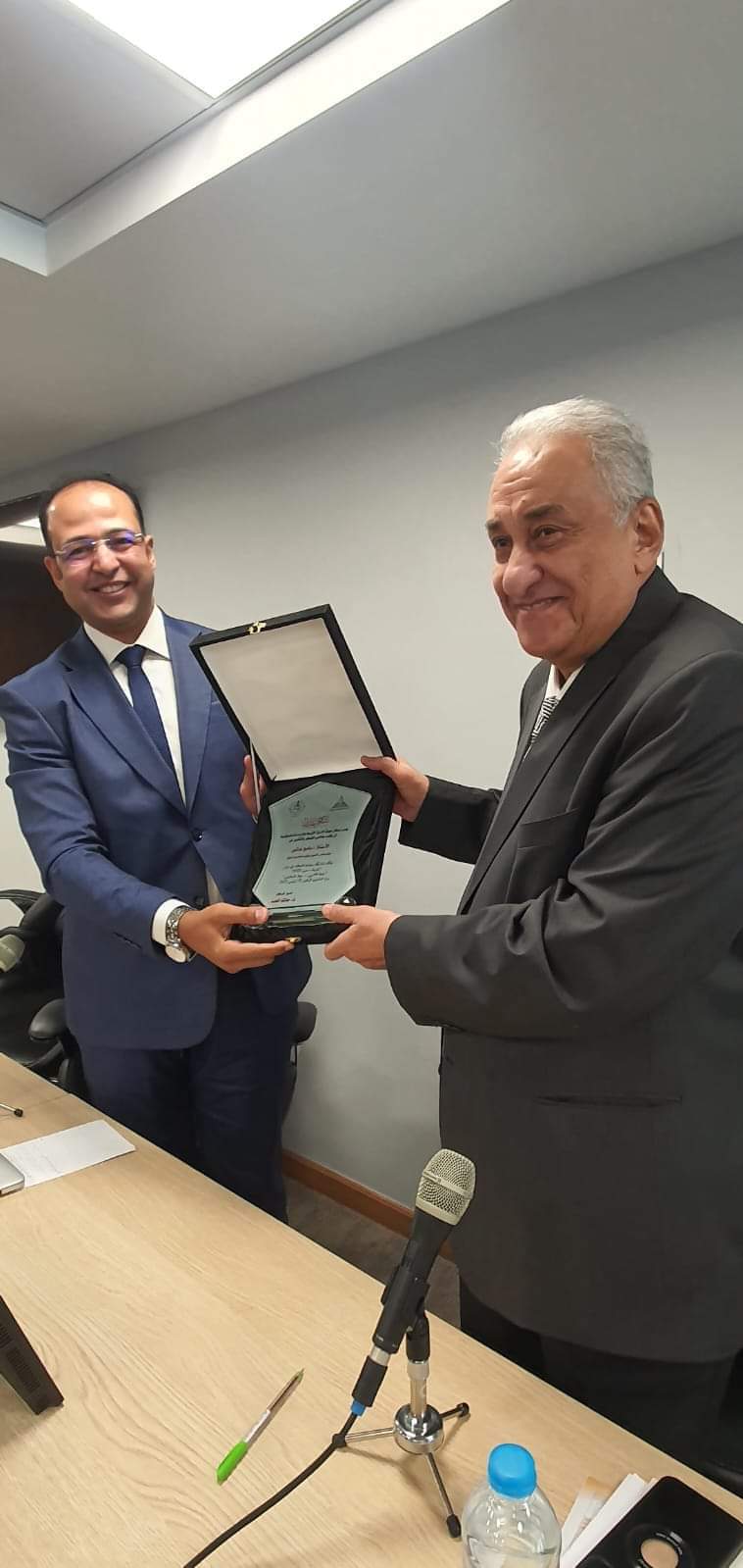 |
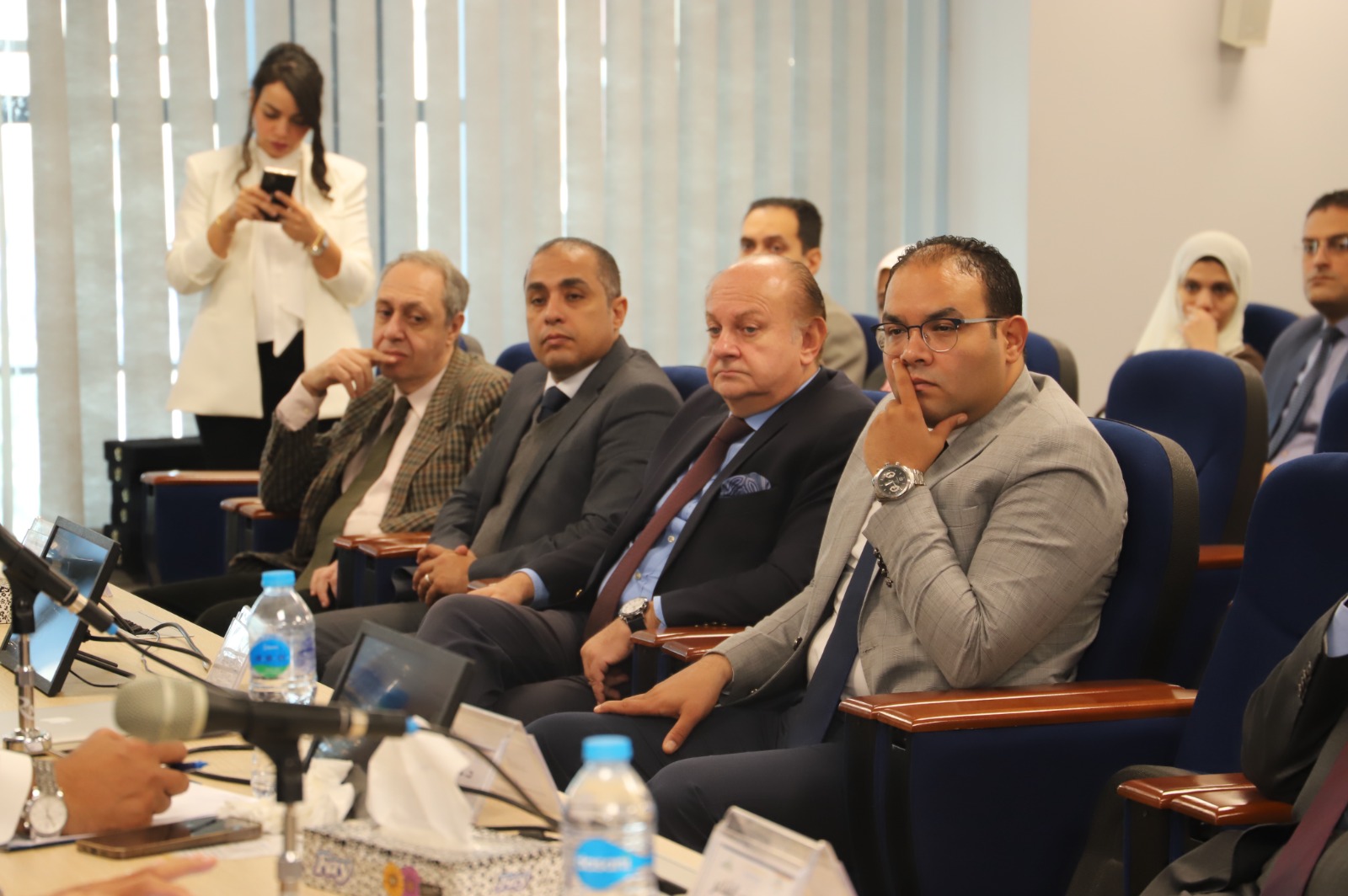 |
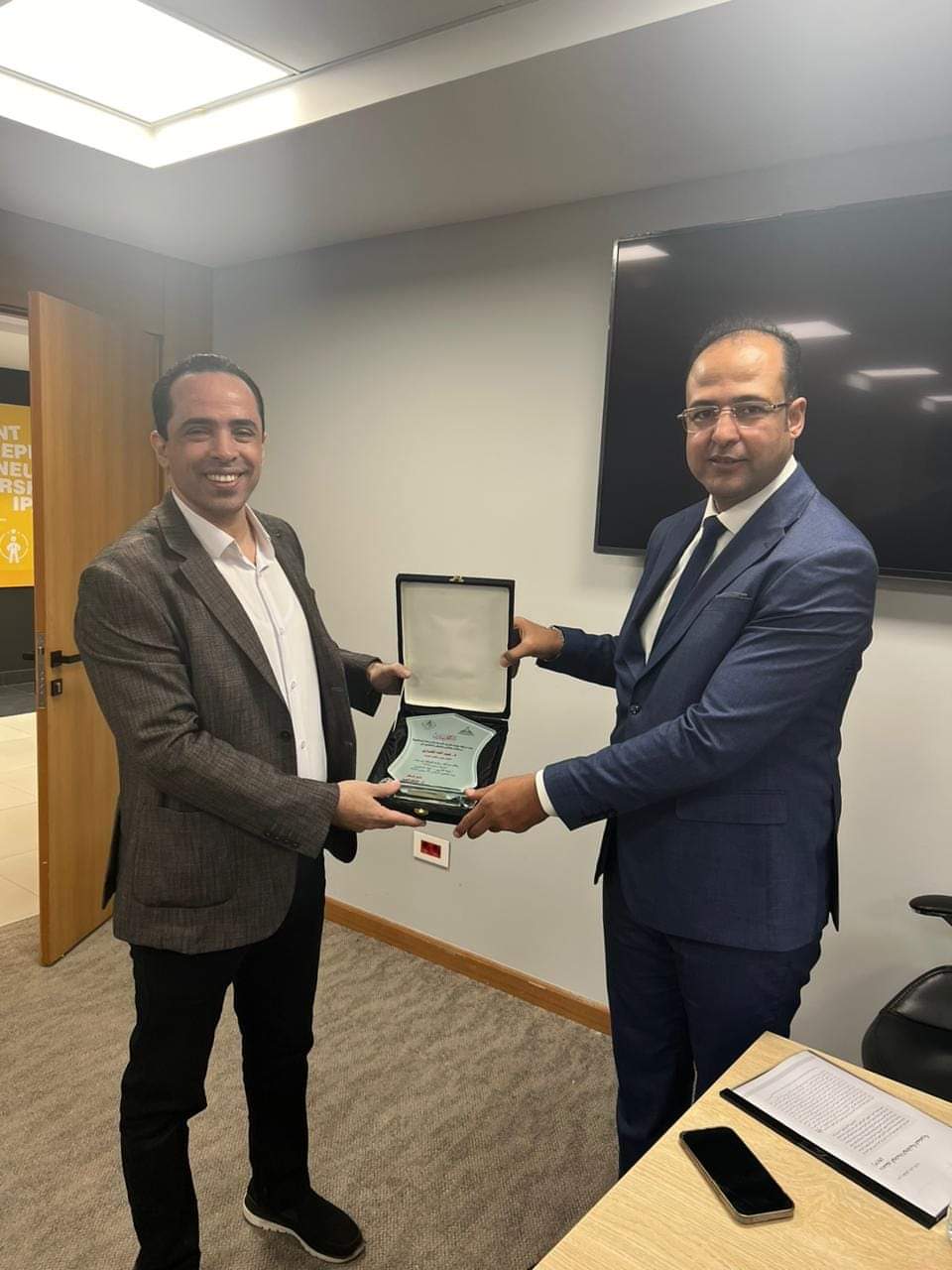 |
||
Dr. Ramzi Al-Shaer took the floor and after that reviewed an overview of the history of the drafting of the 1923 Constitution, which competed with the best royal constitutions at that time, and the most important characteristics of the rule under it, which was the monarchy, the characteristics of democratic life in that era, and the ruling authorities, His Excellency also addressed the challenges and obstacles that the Constitution faced in its implementation, and the disputes that arose around it, which resulted in the abolition of the 1923 Constitution and the establishment of a new constitution. It was then reinstated until it was canceled and the 1956 Constitution was drawn up after the July Revolution. After that, temporary and permanent Egyptian constitutions followed the succession of political events in Egypt.
After that, Mr. Sameh Ashour, the distinguished knight of the judiciary, and a member of the Committee of Fifty that drafted the 2014 Constitution, took the floor. He shed light on the work of the Committee of Fifty and the extent to which the 2014 law was influenced by the 1923 Constitution. His Excellency confirmed that this constitution was born after a national movement calling for independence and the establishment of a constitution for the country. However, it came in light of imaginary independence and British hegemony over the government in Egypt, which deviated from its transparent implementation on the ground. Then His Excellency touched on the 2014 Constitution, which included in its committee representatives of various sects of the people. It expressed the new vision of the Fifty Committee and the prevailing situation in the Egyptian street and the political movement in that period. It also carried at the same time some of the features of the 1923 Constitution.
After the lecturers finished speaking, the discussion was opened, and questions from the attendees were answered.
At the end of the conference, Dr. Hatem Al-Abd presented the Center’s shield to the lecturers as an expression of deep thanks and appreciation for their efforts and fruitful participation in the conference.


.svg)




